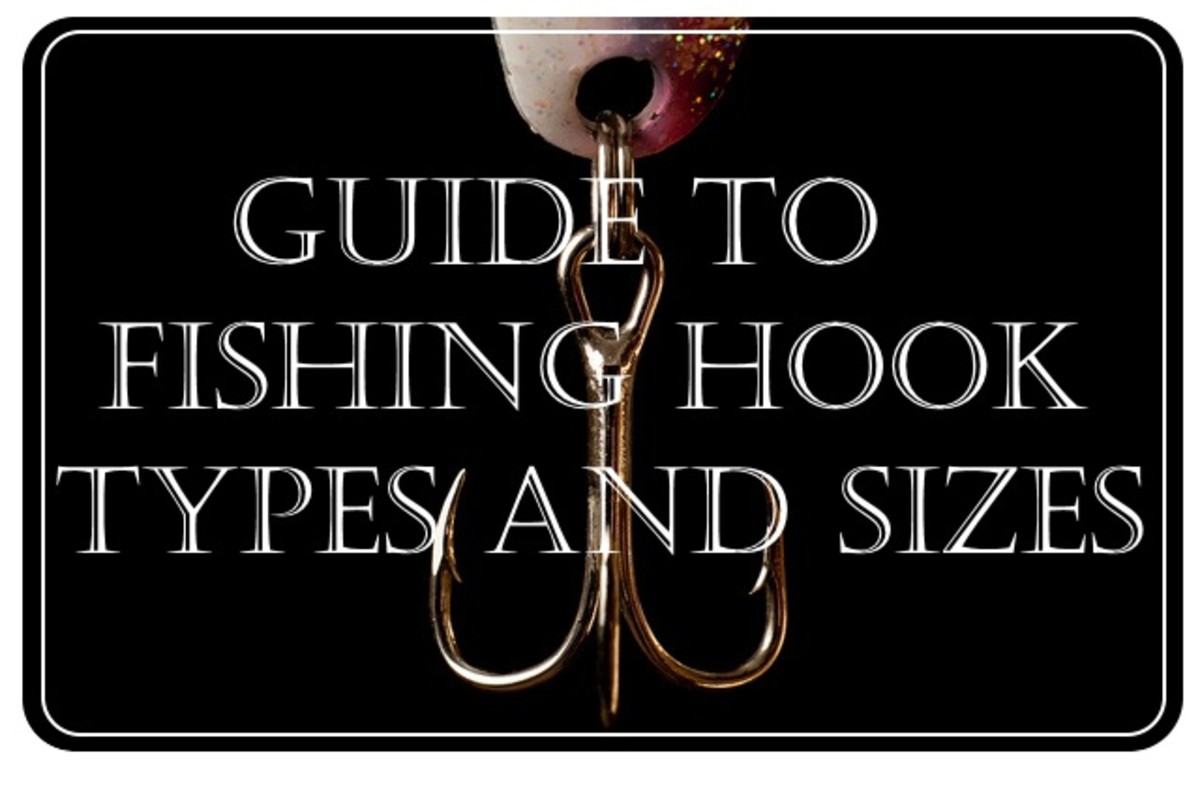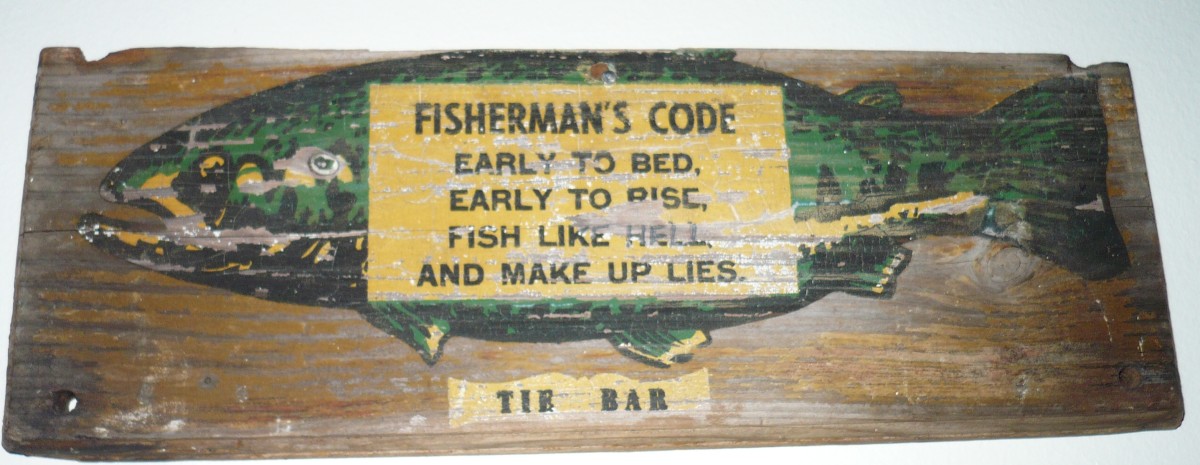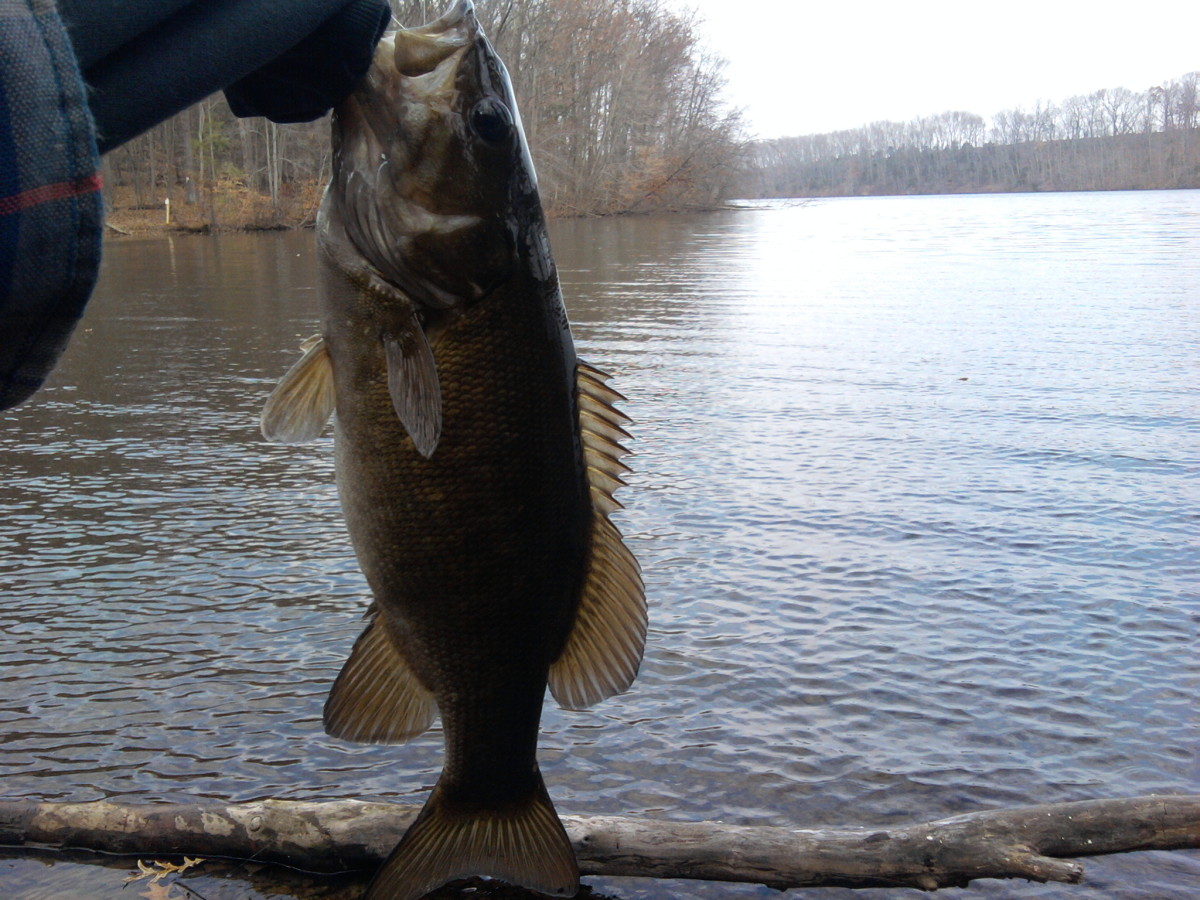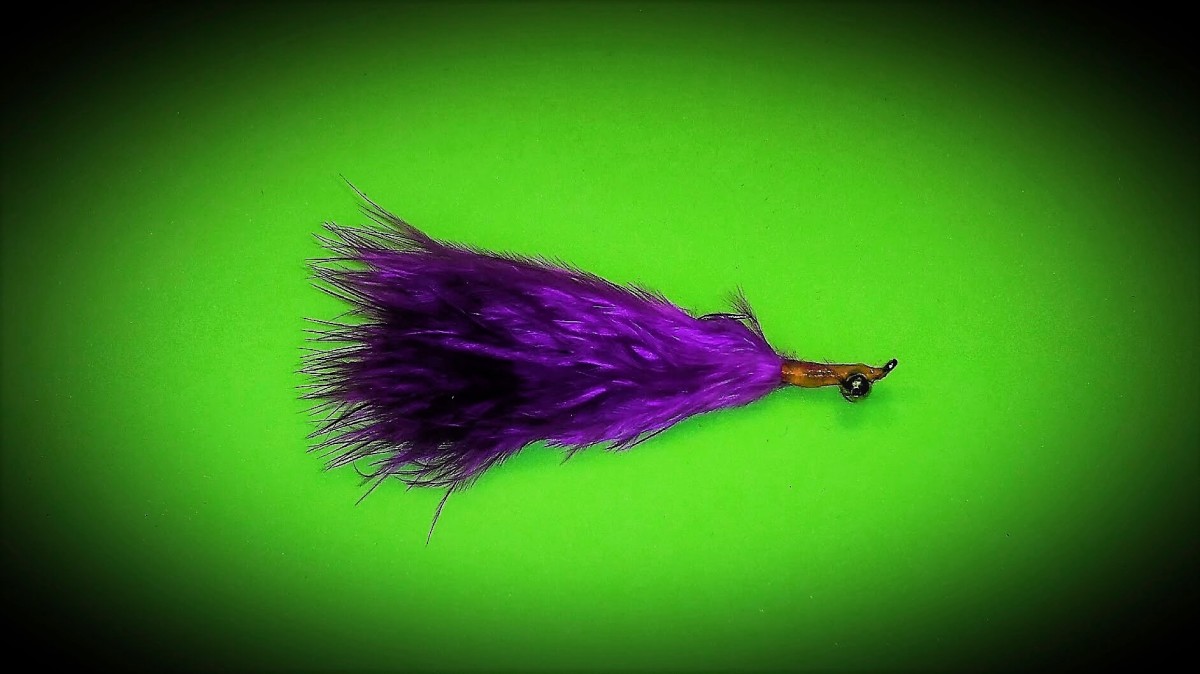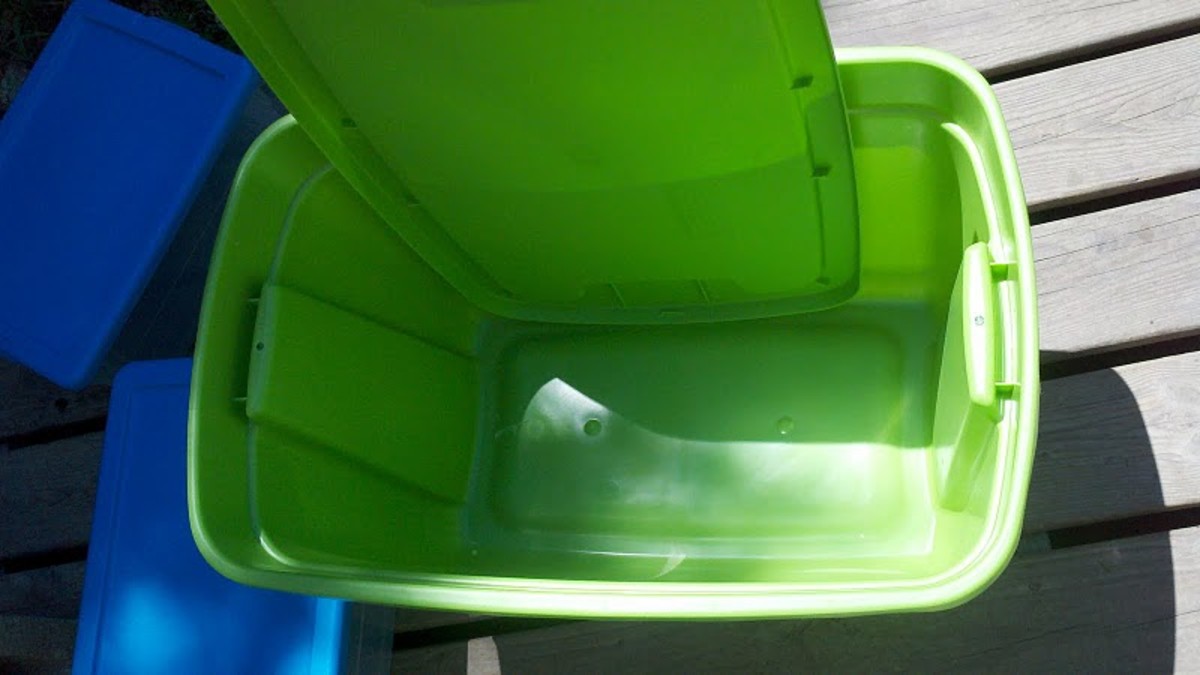How to Use Circle Hooks
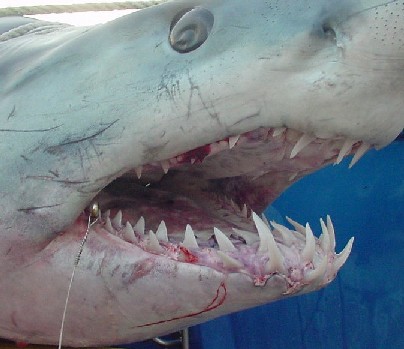
What Are Circle Hooks Used For?
Circle hooks are specialized hooks, useful for both saltwater and freshwater fishing. A circle hook has its point sharply bent back so the barb will not catch on smooth surfaces.
True circle hooks do not have kirbed (offset) shanks. Circle hooks are available in several wire sizes, finishes and colors.
How They Work
Unlike traditional hooks, which penetrate the gullet, throat or mouth, circle hooks must be pulled through a sharp turn to penetrate. Circle hooks usually penetrate the fish in the corner of the mouth.
The advantages of circle hooks are obvious; because of where they penetrate, these hooks usually stay embedded during the fight. They also tend to cause less injury to the fish, lowering release mortality.
Hookset
When a fish takes the bait, the angler must not snatch the rod tip. Instead, the rod tip should be lowered and line retrieved until pressure is felt. Once the fish begins to move away with the bait, steady pressure is applied to the line.
This technique causes the hook to pull out of the throat and through the jaw. As the fish continues swimming away, the hook is carried into the corner of the mouth, where the hook's unique design causes it to snag and penetrate.
Hybrid Circle Hooks
Tackle vendors offer both true circle hooks, which lack hook offset, as well as modified models that have some amount of point offset.
Fish Mortality - Circle Hooks vs. J Hooks
A U.S. Fish and Wildlife Service study published in the North American Journal of Fisheries Management evaluated circle hooks vs. j hooks in terms of mortality rates.
During the study, striped bass were caught using traditional J-hooks and circle hooks and held for five days. Only five percent of striped bass caught on circle hooks died during the test period. By contrast, stripers caught with J hooks experienced a mortality rate of 16 percent during the same period.
Circle Hook Rigs for Saltwater Fishing
Inshore Fishing
Circle hooks can be rigged on fishfinder rigs for catching striped bass, drum, cobia and other species. They are easily adapted to rigs for catching flounder (fluke). Flounder anglers often report that that circle hooks not only to reduce fish mortality, but increase hookup ratios.
Hybrid circle hooks are available snelled, allowing them to be used with traditional top and bottom style leaders. These rigs work well for catching spot, croaker, seatrout, and other inshore species.
For inshore live bait fishing, circle hooks can be rigged as a Carolina rig. Carolina rigs allow a live bait to swim naturally, while positioning the bait at the correct depth. When a fish takes the bait, the leader acts as a cushion so that the fish does not detect the weight.
Carolina rigs consist of a circle hook at the terminal end of a monofilament leader, with a weight rigged above. An egg sinker on the main line provides the necessary amount of weight. A swivel is connected on the main line after the sinker which allows for connection to the leader.
Offshore Fishing
Circle hooks are extremely popular for offshore fishing, especially for "chunking" tuna, kite rigs, shark rigs, and live bait setups.
Circle hooks are also gaining popularity with trolled baits, especially for billfishing. Among the benefits of circle hooks in these applications are their efficiency and low mortality rates.
Circle hooks are usually connected to heavy monofilament with crimps. For applications that employ solid strand wire, circle hooks are usually rigged using a haywire twist.
Circle Hook Poll
Do You Use Circle Hooks?
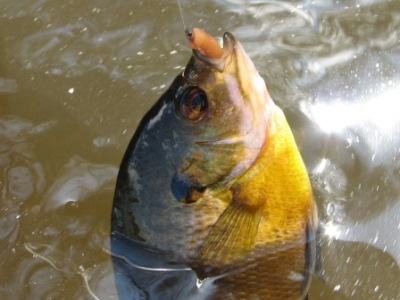
Circle Hooks for Freshwater Fishing
For freshwater fishing applications, circle hooks can be snelled onto a leader or tied directly to the main line.
Circle hooks can be fished with bobbers, top and bottom rigs, carolina rigs, or other setups.
These hooks can help reduce deep hooking when fishing minnows or other live baits for species such as crappie, chain pickerel, and other fish.
In some cases, hookup ratios actually increase since fish are allowed to take the bait for a longer period of time.
Longline Hooks
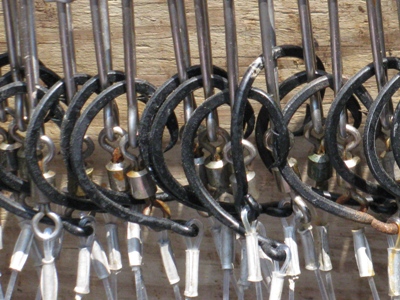
Circle Hooks used for Commercial Fishing
Circle hooks are used in a variety of commercial fisheries. A few of the most notable fisheries where circle hooks are commonly used include longline fishing for tuna, swordfish, red snapper, grouper, and other species.
What Are Weak Circle Hooks?
A "weak" hook is a circular hook constructed of thin gauge wire which will straighten when an exceptionally large fish is hooked.
These special hooks are being mandated in some fisheries in order to harvest mid-sized species while avoiding bycatch of non-target species such as giant bluefin tuna.
According to NOAA's Eric Schwaab: “We are working closely with longline fishermen to reduce the amount of bluefin tuna that they catch unintentionally.”
“This spring, we began requiring longline fishermen in the Gulf of Mexico to use weak hooks to reduce the unintended bluefin catch while still allowing them to catch swordfish and yellowfin tuna.”

